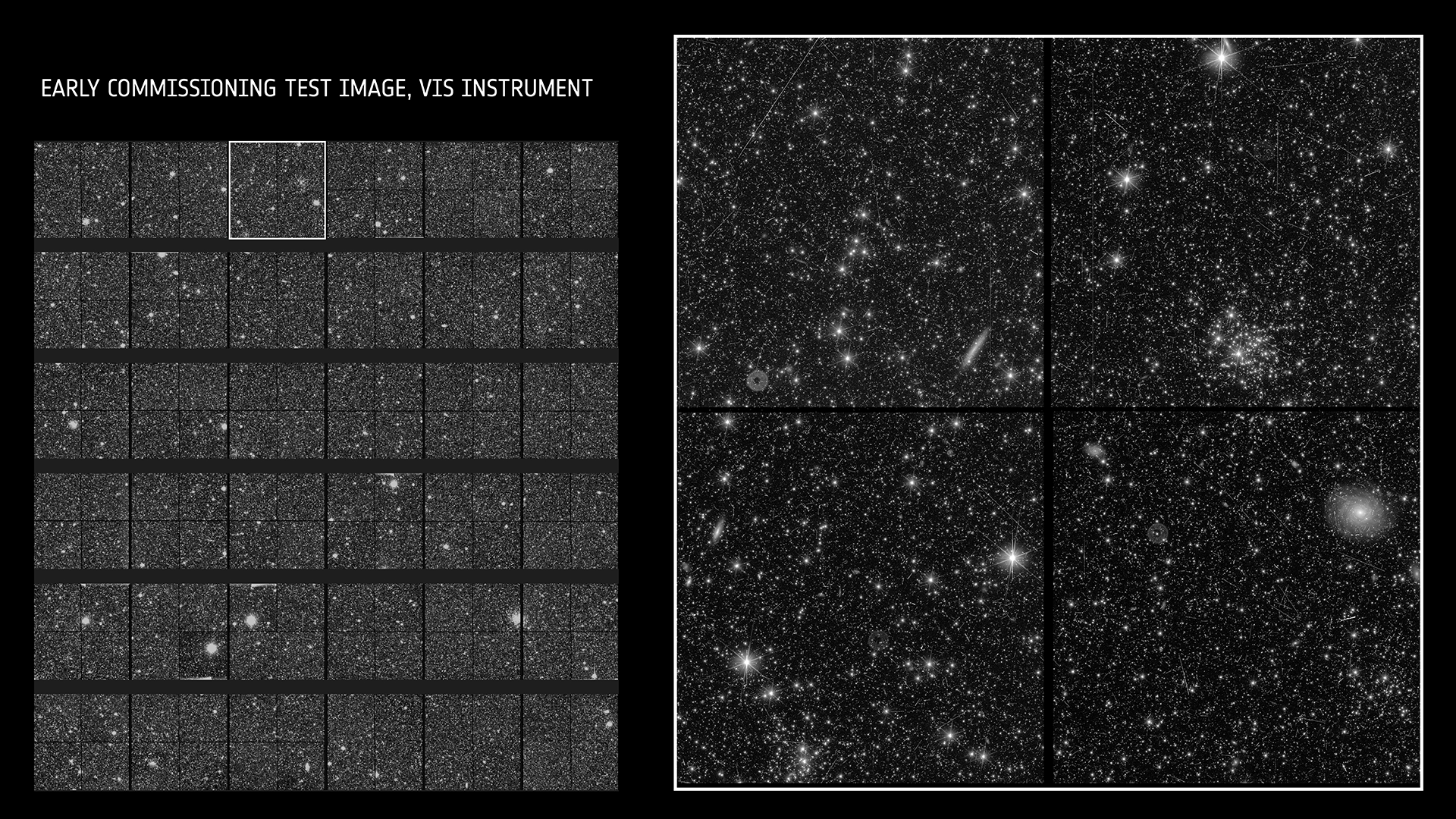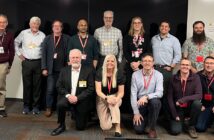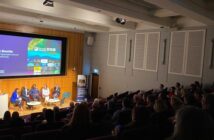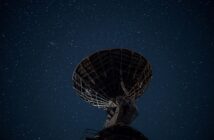The European Space Agency released the first images taken by the Euclid space telescope’s VIS instrument, which was built by an international team including scientists from The Open University (OU).
The black and white engineering images depict stars, star clusters and galaxies, captured by the array of 36 visible light detectors in the VIS camera. Their sharp focus indicates the successful commissioning of the spacecraft’s instruments.
They have been released as raw images taken directly from the instrument’s data and with minimal processing. While these images already depict the distant universe in sharp focus, future releases will contain even more detail as the data is further refined. In addition to the starfield and galaxies, there are also visible streaks from where cosmic ray particles hit the detectors and which will also be removed with further processing.
The Open University’s Centre for Electronic Imaging (CEI) has been involved in developing the detectors for the VIS instrument and testing how they will perform in the harsh radiation environment in space. The team will continue to monitor the detectors during the mission, to help mitigate the effects of the damage caused by high-energy particles outside the Earth’s protective atmosphere, allowing Euclid to return the best possible science for the mission lifetime.
Dr Jesper Skottfelt, who led the CEI team at the OU, commented on the images:
“It’s amazing to see how well these detectors perform. The whole team at the CEI is very proud to have been part of developing these detectors and it really shows the power of the collaboration between the CEI and Teledyne e2v.
“We now look forward to analysing the data from these detectors to track and help correct damage that is caused by high-energy particles.”
The Euclid mission will use VIS, short for the VISible instrument, and the Near-Infrared Spectrometer and Photometer (NISP) to study Dark Matter and Dark Energy in the universe. NISP also released its initial images.
Euclid was launched from Cape Canaveral on 1 July, and it has been travelling to reach its operational orbit around the second Lagrangian point, about four times the distance of the Earth to the Moon. This transit time has been used to commission Euclid, check out its communications, power and positioning systems, and bring online its two data-collection cameras, VIS and NISP.
Once fully operational, Euclid will use VIS and NISP to survey the shapes of galaxies and map the geometry of the Universe with the aim of making accurate measurements of mysterious Dark Matter and Dark Energy, which make up most of the cosmos.
Over its six-year mission, Euclid will map in extremely high resolution the third of the sky where the distant universe is visible. It will be the full segment that is neither obscured by the stars and dust of the Milky Way nor subject to the scattered light from the dust in our own Solar System. It is a huge area of sky to be covered, so the instruments have wide fields of view, but can take finely detailed images to measure the shapes of galaxies.
Caroline Harper, head of Space Science at the UK Space Agency, said:
“It’s fantastic to see these early commissioning images returned from Euclid, demonstrating that it is on track in its mission to map the dark Universe, and that the UK-led visible imager has successfully survived the journey into space.
“These images mark a milestone moment for the many people around the world who have been working on the development and launch of Euclid for years. The UK Space Agency’s contributions will enable Euclid to bring us new insights into both dark matter and dark energy, helping the global science community build a clearer picture of the origin and evolution of the Universe and the way it is expanding.”



